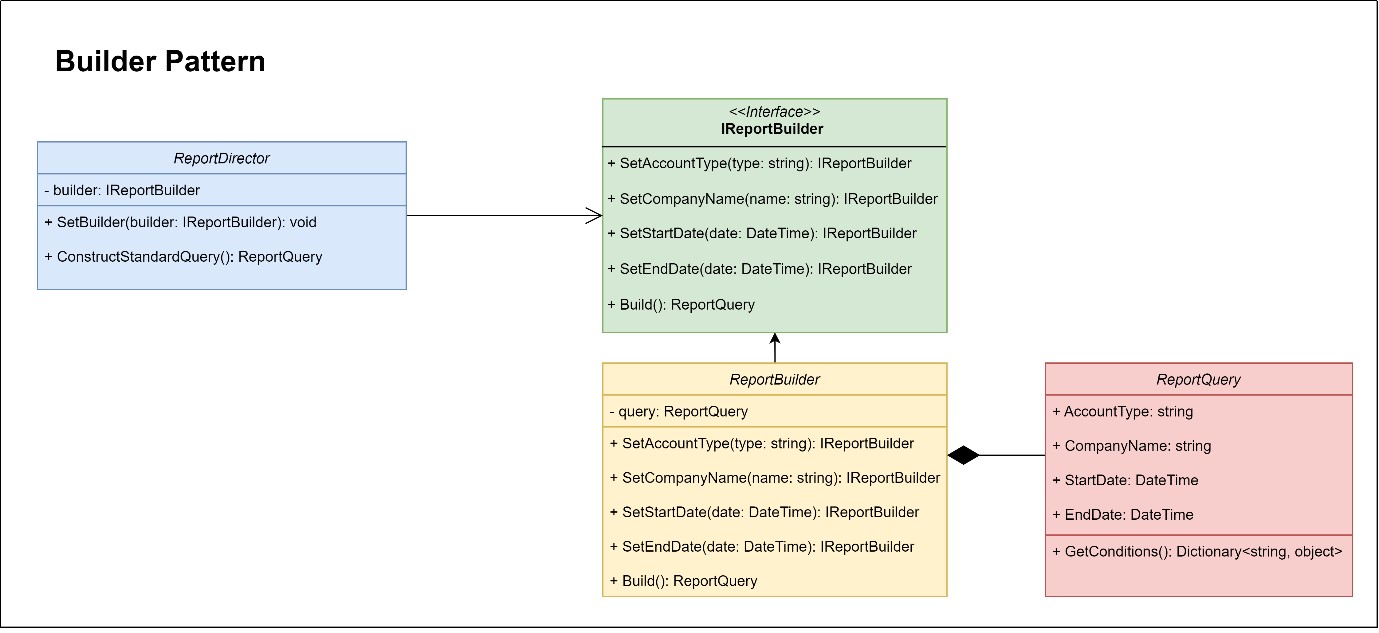Development of a Flexible Reporting System Using Design Patterns
Main Article Content
บทคัดย่อ
Organizations managing large datasets require adaptable and customizable reporting systems to generate precise reports and exports, supporting informed decision-making. This research investigates the implementation of reporting systems using Design Patterns, a software engineering methodology that offers reusable solutions to common challenges. The study examines how Design Patterns enhance system adaptability and provide a framework for software development best practices, thereby improving the quality of work in the digital sector. The research outlines essential stages in developing a reporting system, including Design Pattern analysis, system architecture, and testing. A comparative analysis shows that systems developed with Design Patterns achieve reduced development time compared to those without them. The study also explores applications across business, educational, and research domains. Challenges in designing scalable systems, such as complexity and maintenance issues, are addressed through solutions like the Builder Pattern for managing intricate objects and the Strategy Pattern for handling various report generation approaches. These methods not only address complex requirements but also foster skill development by allowing developers to gain hands-on experience in system customization and software architecture. The research concludes that Design Patterns enhance system flexibility, decrease development time, and facilitate quicker error identification. They assist organizations and educational institutions in efficient resource allocation, allowing a focus on innovation rather than process management. The study demonstrates that Design Patterns improve system scalability, maintainability, and learning opportunities, making them valuable in both business and educational contexts.

